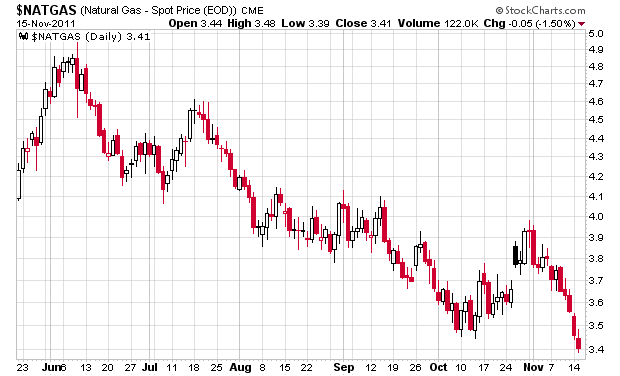Rogers Sugar (TSX: RSI) announced at the end of trading they had a bought offering of debentures, and calling in their existing series of debentures (TSX: RSI.DB.B) effective around December 19, 2011.
Holders of RSI.DB.B will be receiving a nasty shock tomorrow because of this call announcement – they were trading around 104 before this happened, but now the debentures will only be redeemed for 100. Any recent buyers of the debentures will take a bit of a loss. The debentures were trading slightly above par because of the conversion feature embedded within them – they are convertible at $5.10 per share and with the market price recently at $5.14, it is possible there may be further conversions. The debentures will trade at 100 plus the embedded value of a call option that expires on December 19, 2011.
The deal itself is very good for Rogers Sugar – they have extended the term structure of their debentures to April 2017 and December 2018, done so at a slightly lower coupon rate, and an increased conversion price ($6.50 and $7.20 per share, respectively). Overall, Rogers Sugar has performed excellent in my portfolio and I continue to hold a position in the equity, albeit the equity is in my fair value range. Although the investment has been about as exciting as watching paint dry, they have performed solidly.

